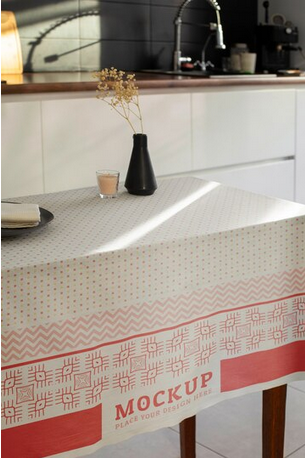Introduction:
Kitchen wrap, a seemingly mundane household item, plays a significant role in food preservation, storage, and even cooking. From aluminum foil to plastic cling wrap, these products offer convenience and practicality in the kitchen. However, beyond their apparent benefits lie hidden costs that extend beyond the price tag. In this comprehensive analysis, we delve into the multifaceted aspects of the true cost of kitchen wrap, exploring its environmental impact, health implications, and economic considerations. By uncovering these dimensions, we aim to provide a holistic understanding of whether kitchen wrap truly warrants its investment.
Environmental Impact:
One of the foremost concerns associated with kitchen wrap is its environmental footprint. Most traditional wraps, such as plastic cling film and aluminum foil, are single-use items that contribute to the global plastic and metal waste crisis. These materials often end up in landfills, where they degrade slowly, releasing harmful pollutants into the environment.
Furthermore, the production of kitchen wrap involves the consumption of non-renewable resources and the emission of greenhouse gases. Plastic wrap, for instance, is derived from petroleum, a finite resource, while aluminum foil production requires significant energy inputs, contributing to carbon emissions.
Moreover, the disposal of kitchen wrap poses challenges for recycling due to its mixed material composition. Plastic wrap, in particular, is not easily recyclable in many municipal recycling programs, exacerbating the accumulation of plastic waste in landfills and natural ecosystems.
Health Implications:
Beyond environmental concerns, the use of certain types of kitchen wrap may pose risks to human health. Plastic cling wrap, for instance, contains phthalates and other chemicals that can leach into food, especially when heated. These chemicals have been linked to various health issues, including hormonal disruptions and reproductive disorders.
Similarly, aluminum foil, when used for cooking or food storage, can transfer aluminum into foods, particularly acidic or high-temperature items. Excessive aluminum exposure has been associated with neurological disorders such as Alzheimer's disease.
Furthermore, the use of kitchen wrap in microwave ovens raises additional safety concerns, as improper usage or overheating can lead to the release of harmful substances into food.
Economic Considerations:
While kitchen wrap offers convenience in food storage and preparation, its economic implications extend beyond the initial purchase cost. Single-use wraps necessitate frequent repurchasing, leading to recurring expenses for households over time. Additionally, the environmental and health costs associated with kitchen wrap usage can impose indirect financial burdens on society, such as healthcare costs for treating illnesses related to chemical exposure or environmental cleanup expenses.
Alternative Solutions:
In light of the aforementioned concerns, consumers are increasingly seeking alternative solutions to traditional kitchen wrap. Eco-friendly alternatives, such as beeswax wraps, silicone lids, and reusable silicone bags, have gained popularity for their sustainable attributes and health-conscious properties.
Beeswax wraps, made from cotton infused with beeswax, resin, and jojoba oil, offer a biodegradable and reusable option for food storage. These wraps can be washed and reused multiple times, reducing both waste and environmental impact.
Silicone lids provide an airtight seal for containers without the need for disposable wraps, offering a durable and versatile alternative for preserving food freshness.
Reusable silicone bags offer a convenient solution for storing and transporting food items, eliminating the need for single-use plastic bags or wrap.
Conclusion:
In conclusion, the true cost of kitchen wrap cost encompasses environmental, health, and economic considerations that extend beyond its initial purchase price. Traditional wraps contribute to plastic and metal waste, pose health risks due to chemical leaching, and incur recurring expenses for consumers. However, alternative solutions such as beeswax wraps, silicone lids, and reusable silicone bags offer sustainable and health-conscious alternatives to conventional kitchen wrap. By making informed choices and adopting eco-friendly practices, consumers can minimize their environmental footprint and safeguard their health while preserving the convenience of food storage and preparation. Ultimately, whether kitchen wrap is worth the investment depends on individual priorities and values, balancing convenience with sustainability and health considerations in everyday kitchen practices.





Comments